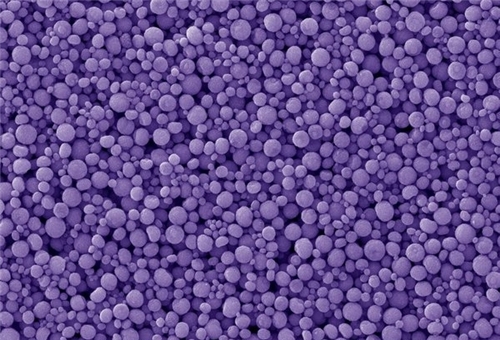 TEHRAN (FNA)- Iranian researchers of Yazd University synthesized a polymeric absorbent with nanometric pores, which is highly useful in the absorption of zinc element.
TEHRAN (FNA)- Iranian researchers of Yazd University synthesized a polymeric absorbent with nanometric pores, which is highly useful in the absorption of zinc element.The absorbent is biocompatible and it has high selectivity, repeatability, and low production cost. It has applications in industries that produce wastewater containing zinc ion and also in the production of sensitive sensors and membranes.
Zinc is one of the most important elements in the metabolism of human bodies. Extensive amount of zinc may create various damages in human body, including changes in safety respond, reducing weight, and incomplete growth. Therefore, it is essential to determine the effective amount of zinc in water and foodstuff samples. Polymeric absorbents as selective absorbents of metallic ions have attracted the attention of many scientists among various absorbents. Taking into consideration the limitations in available reports on the performance of these polymers in the absorption of zinc, the researchers in this study aimed to produce a polymeric absorbent containing nano-sized pores, which is able to selectively absorb zinc ions in various liquid matrices.
In order to obtain their goal, the scientists firstly produced the appropriate absorbent for separation and pre-concentration of zinc element in various matrices by using hydroxyquinoline (oxine) ligand. Next, they measured the amount of zinc by using the synthesized optimum structure in various samples, including tap water, well water, rain drops, river water, grain, and other samples containing zinc. The accuracy of the method was compared to the results obtained from graphite furnace atomic absorption spectrometry (GFAAS). It was confirmed that the results obtained from this method were reliable and precise.
Results of the research have been published in details in Food Chemistry, vol. 134, February 2012, pp. 488-493.
By Fars News Agency
The Iran Project is not responsible for the content of quoted articles.











